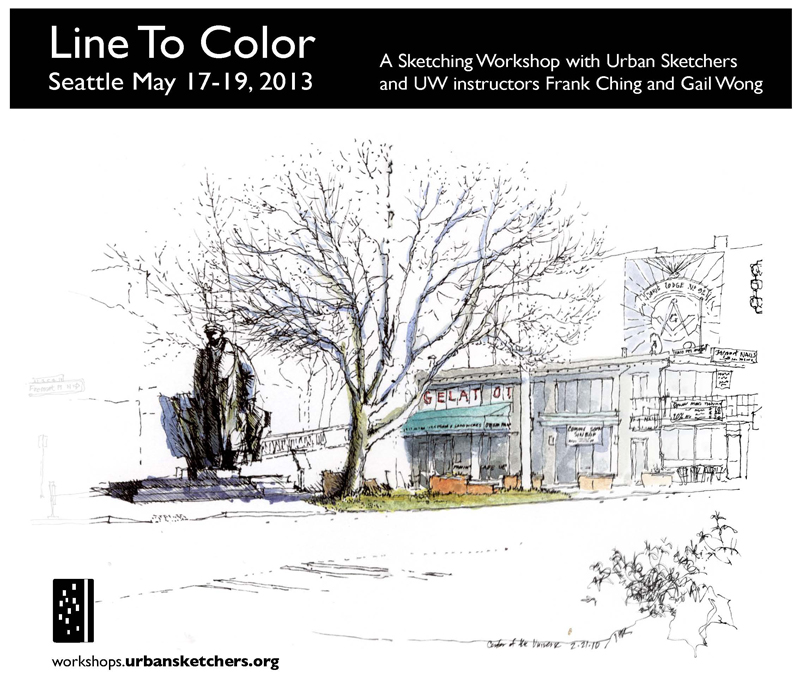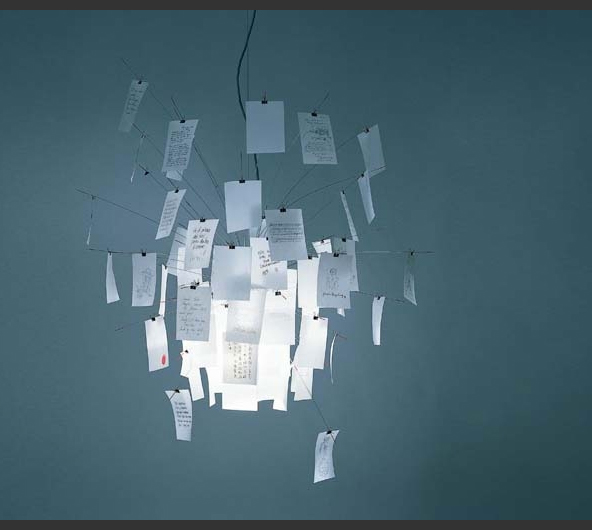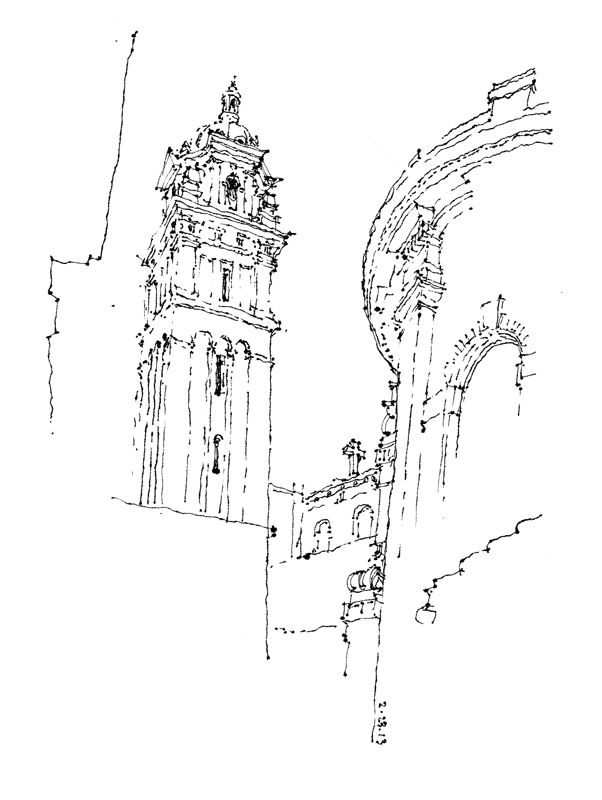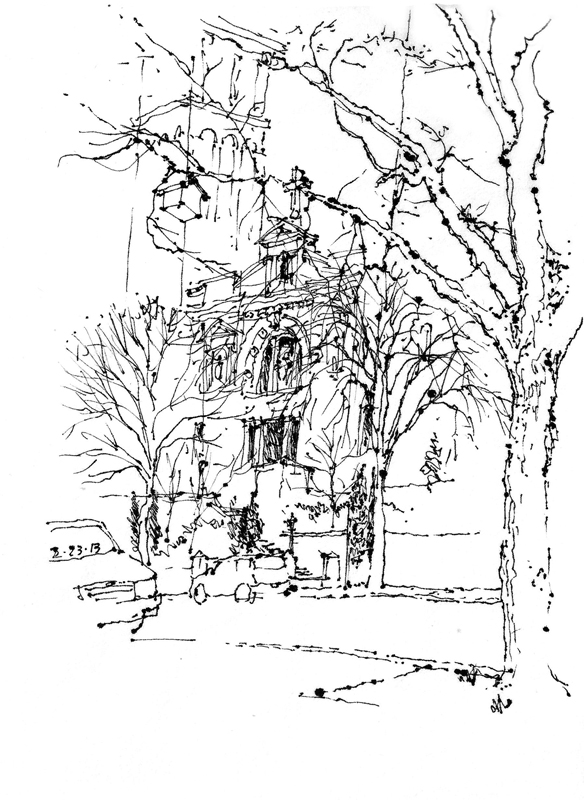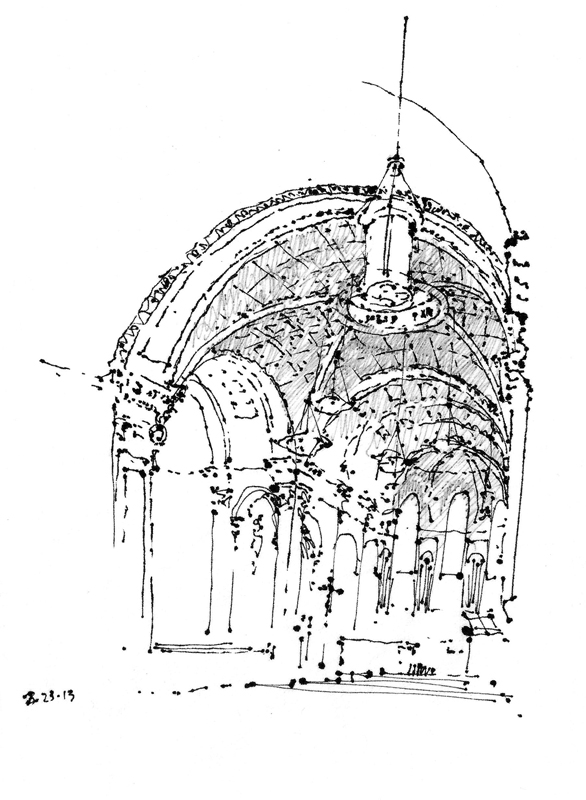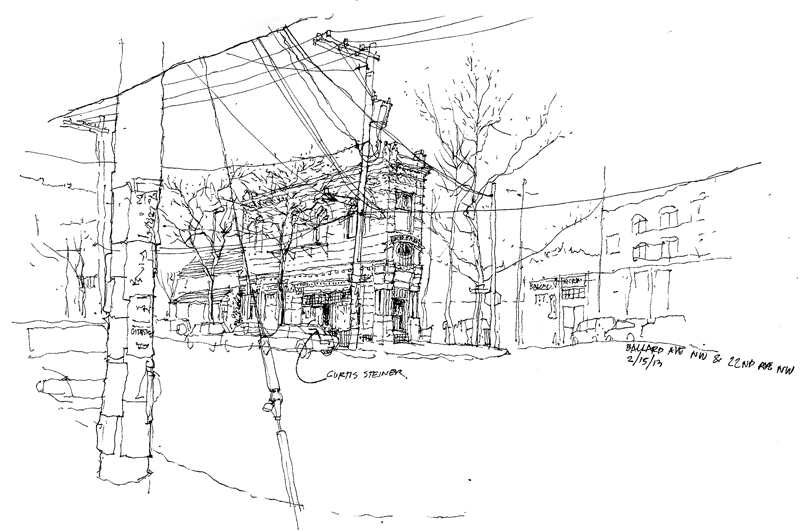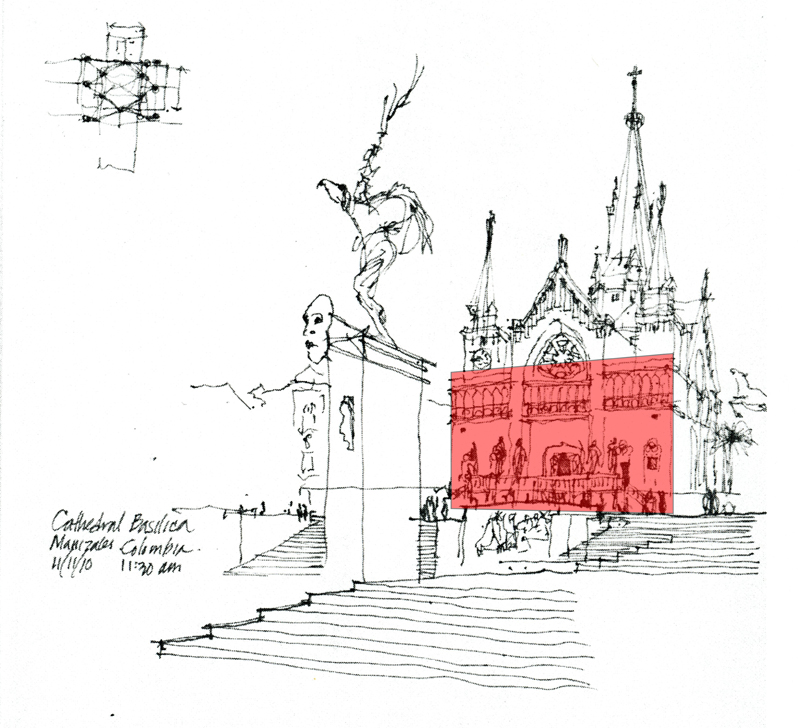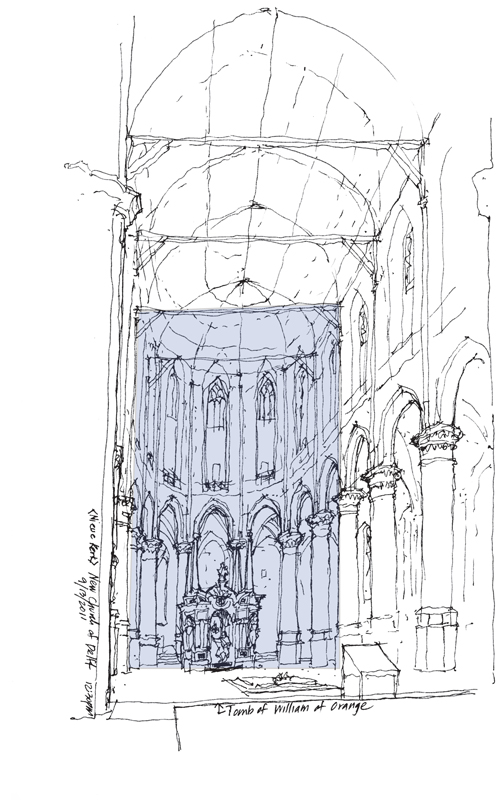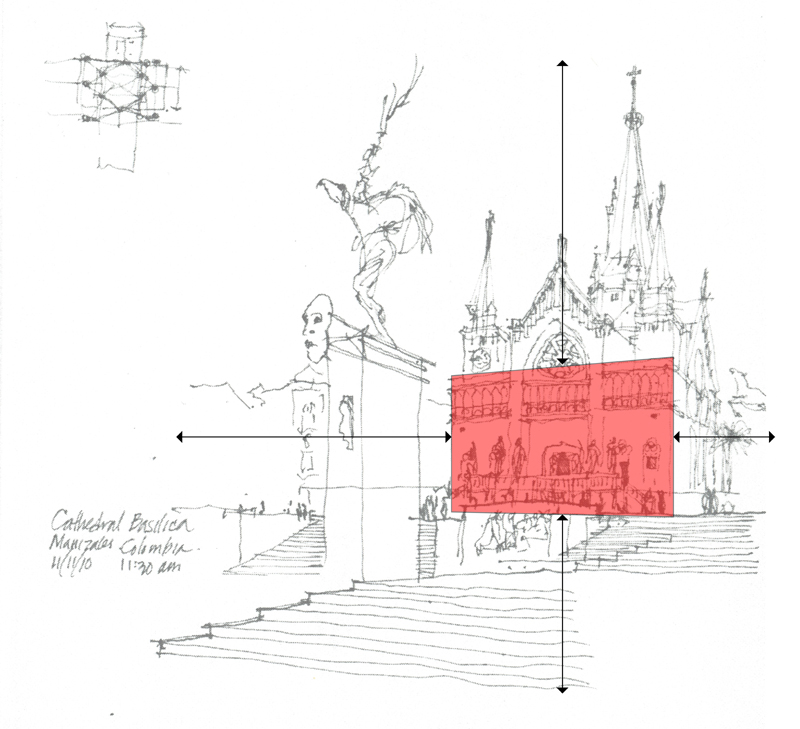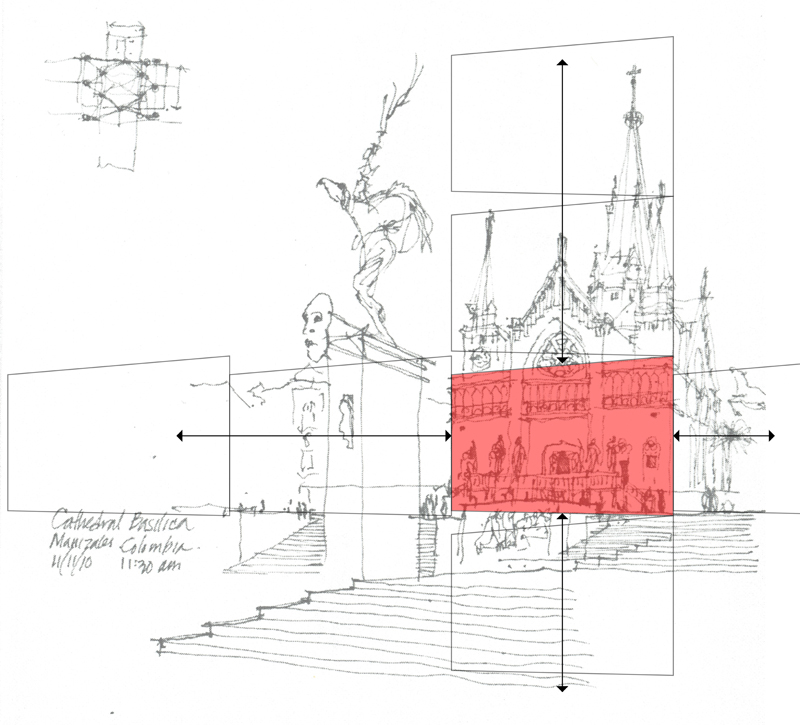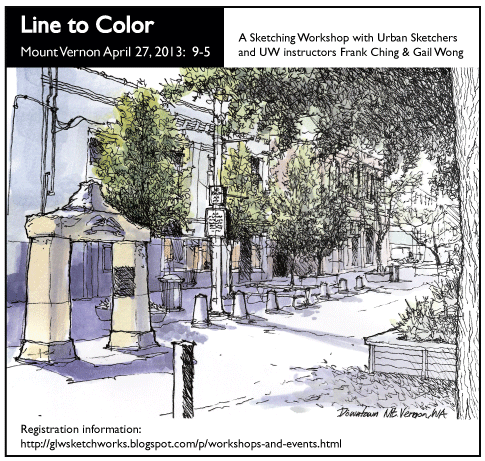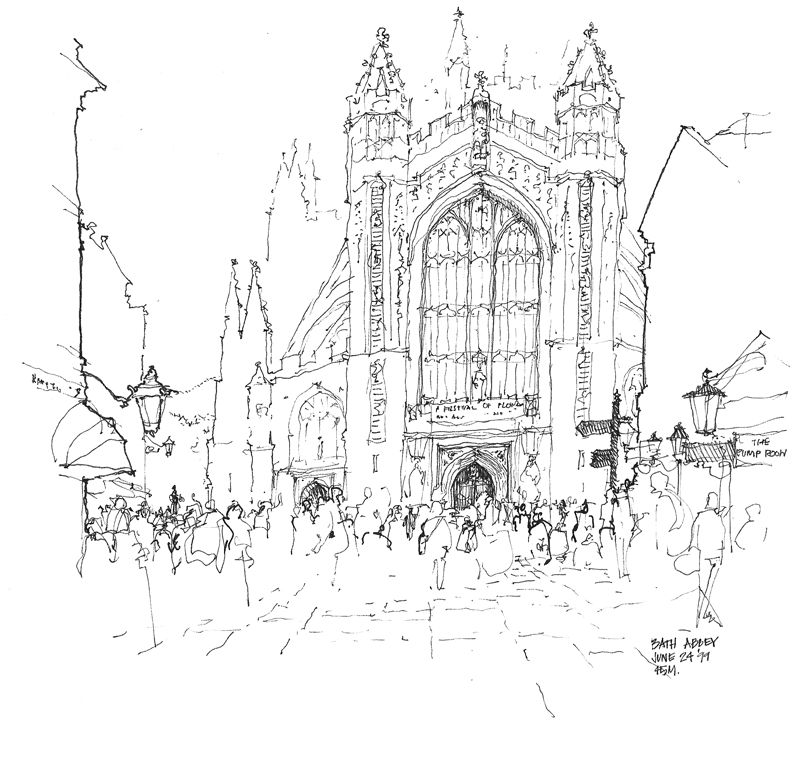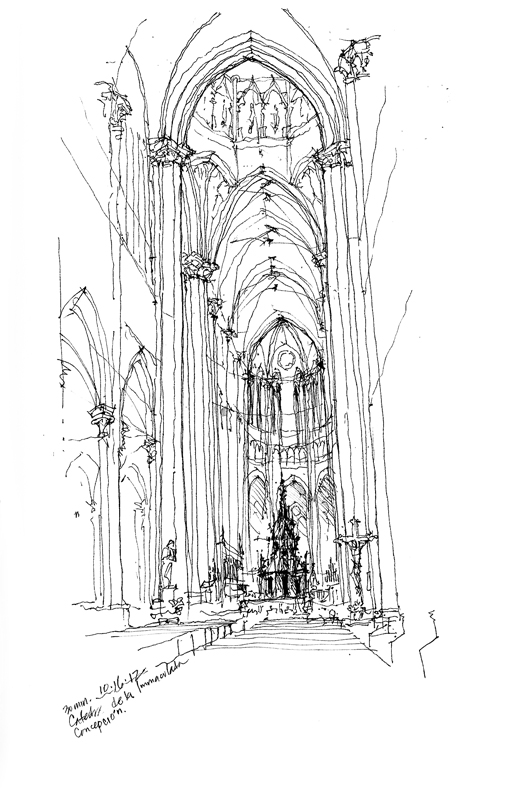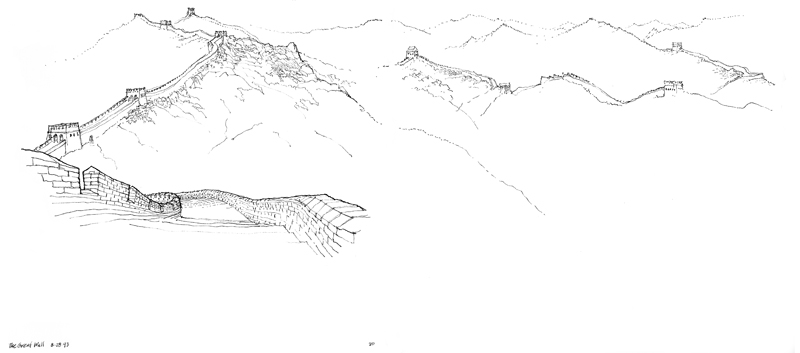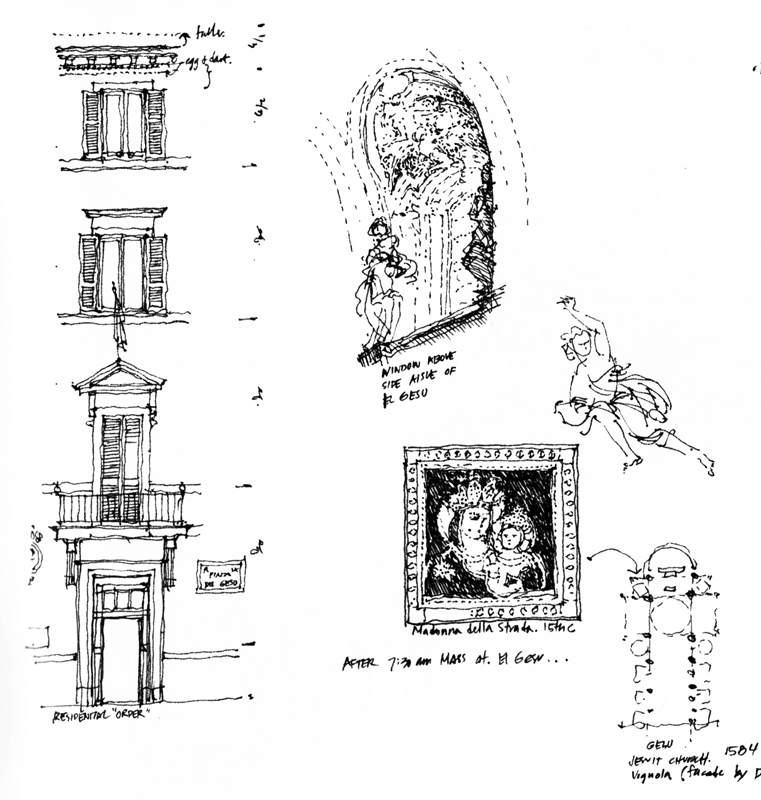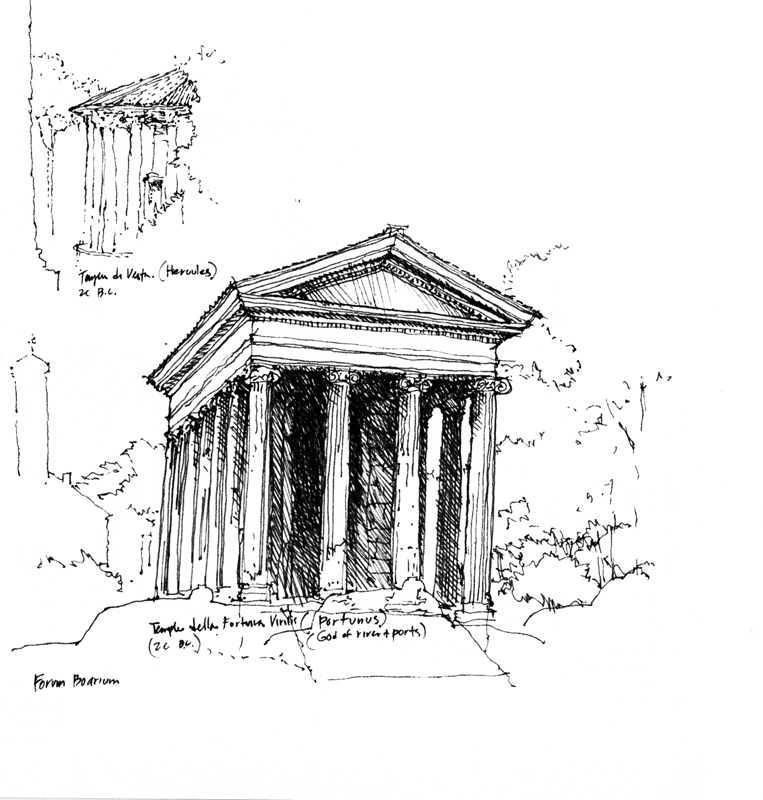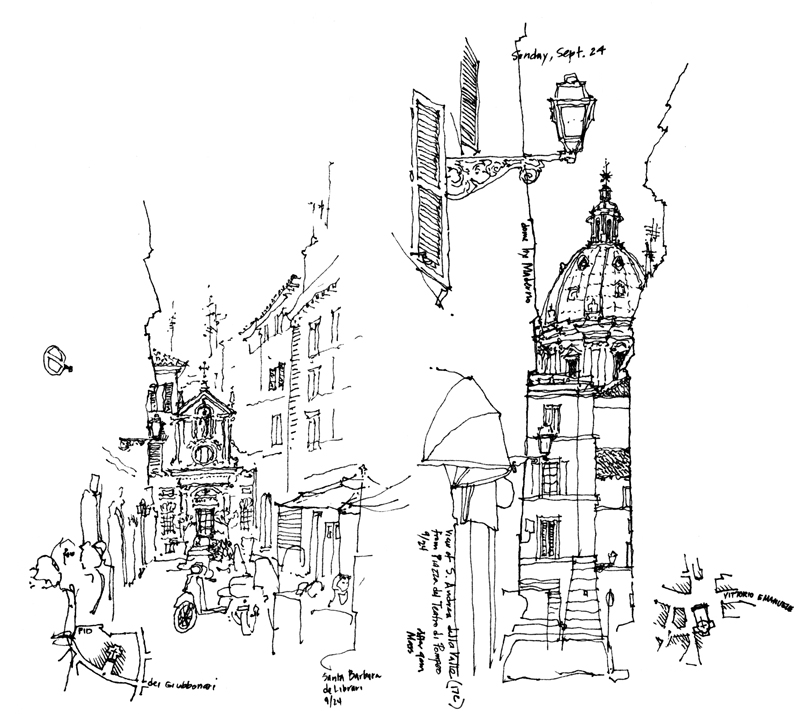Gail Wong and I will be offering a drawing workshop in Seattle May 17–19. We will begin on Friday evening with an introductory sketching session followed by dinner and presentations at the Ballard Pizza Co. The next day, we will have two sessions, one in the morning at Gas Works Park and another in the afternoon in the Fremont neighborhood. On Sunday, we will spend our last session together with the Seattle UrbanSketchers group in Pioneer Square or Pike Place Market. Should be fun. And beginners are certainly welcome!
For a complete schedule, details, and sign-up info, please see <http://glwsketchworks.blogspot.com/p/may-17-19.html> or <http://workshops.urbansketchers.org/2013/02/line-to-color-workshop-in-seattle-with.html>.

